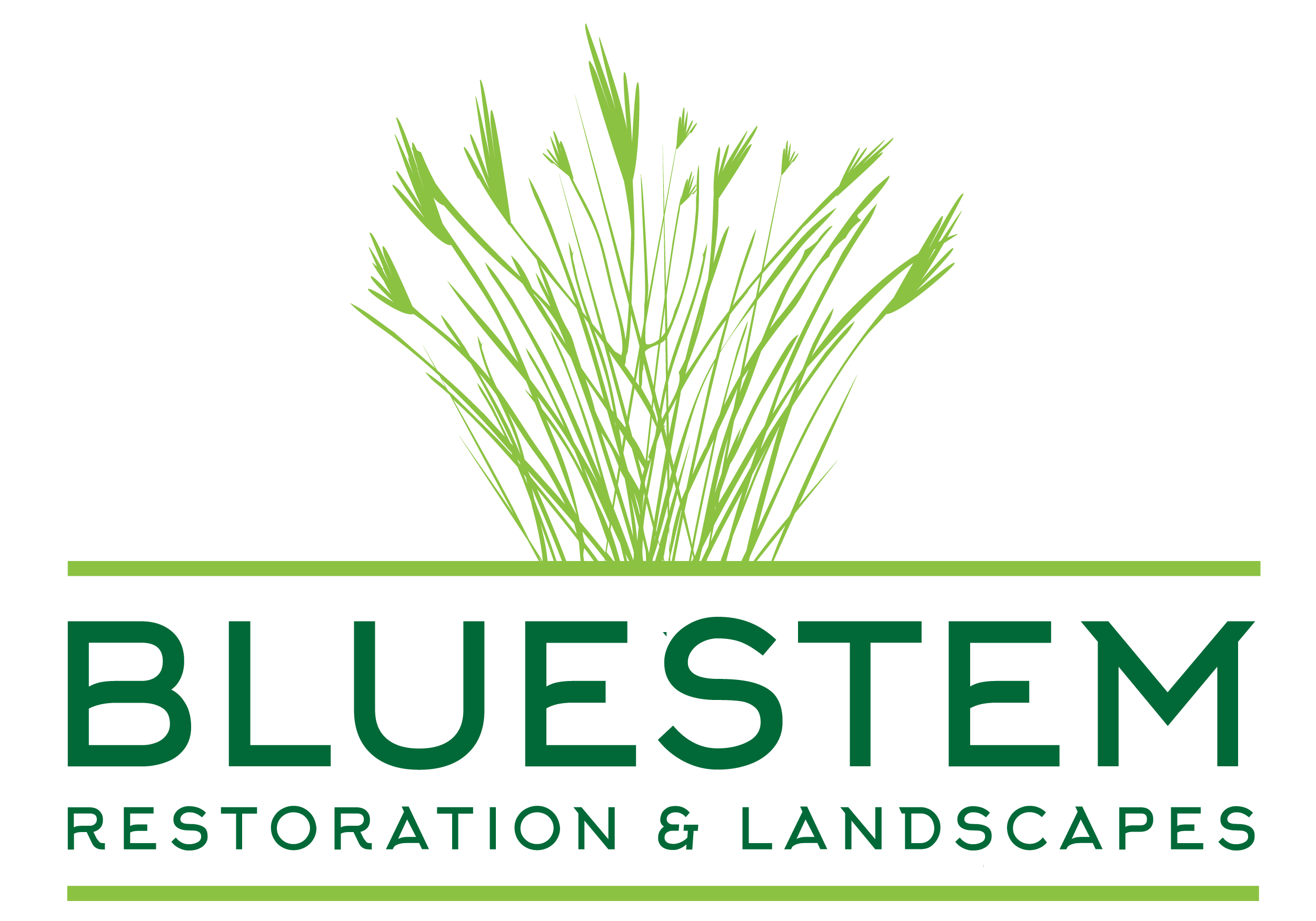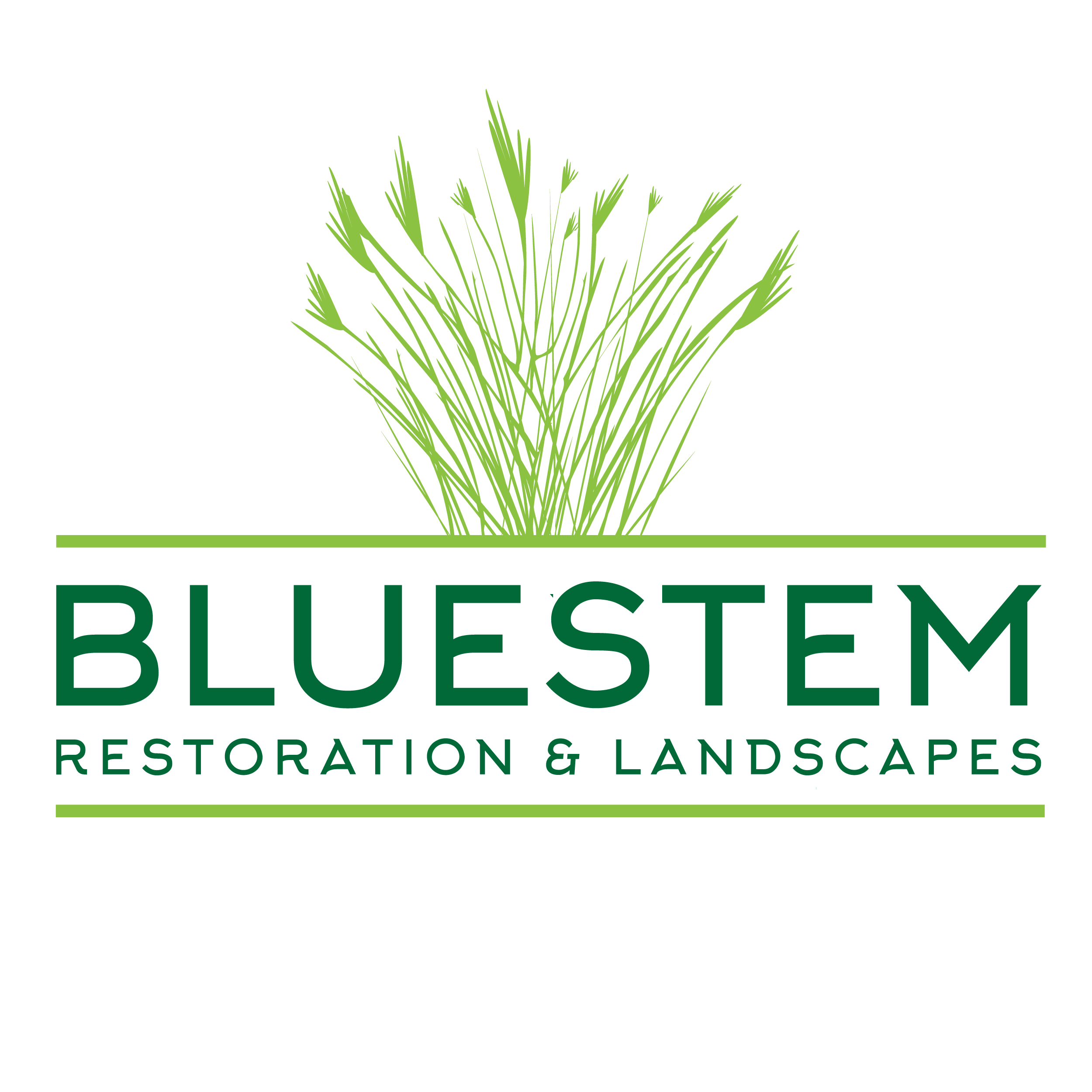
Fayette County, Georgia
Habitat Restoration
Creating the conditions for ecosystem recovery.
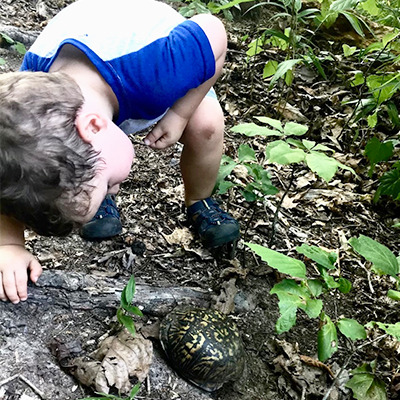
Landscapes
Developing beautiful habitats in fragmented landscapes.
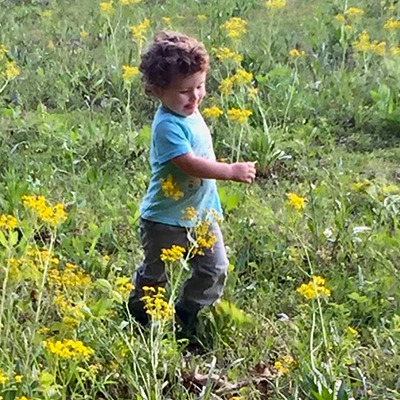

Parks & Nature Areas
Creating conservation-minded spaces that encourage discovery, physical activity, and leisure.
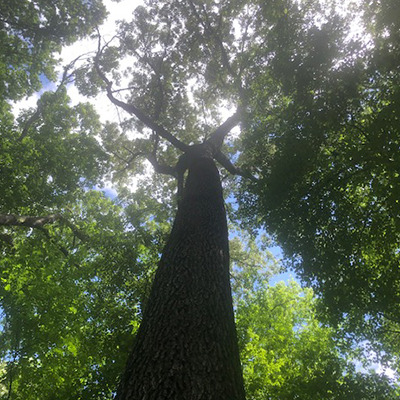
Arboriculture & Tree Services
Encouraging the development of healthy trees through proper planting and maintenance.
Featured Project
Project Summary
The main homeowner goal of the project was to reduce maintenance and herbicide use by using native grasses and perennials. Weeds and turfgrasses were removed and 60+ native plants were installed. These natives will grow and self-seed, filling the space and creating a pollinator and bird-friendly landscape. Soaker hoses were installed for irrigation while the plants establish or for use during drought. This front yard was designed to create symmetry and provide structure using native sun-loving plants. As the new plants grow, spread, and with a little maintenance will out-compete invasive plants. This fall shrubs and trees will be installed to finish the space and create a native habitat in the Southern outer piedmont of Georgia.
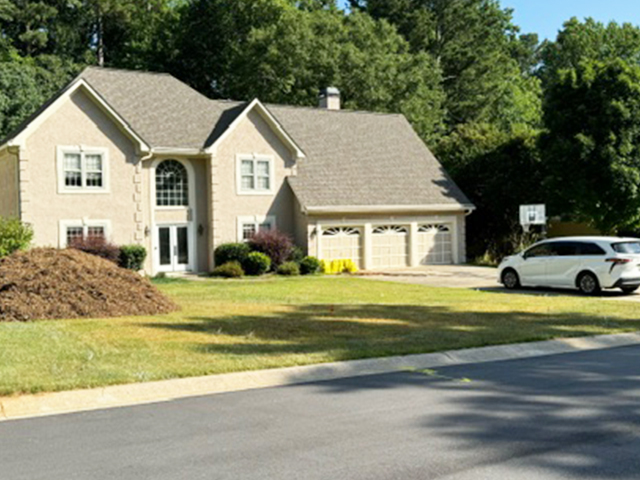
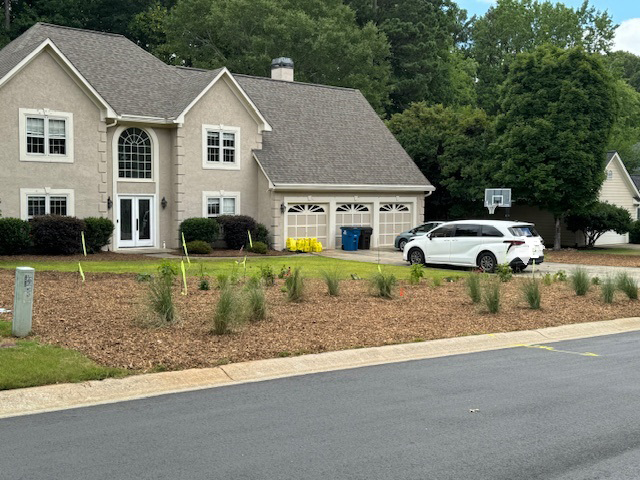
Winter
Native Plant & Animal of the Season
American Holly
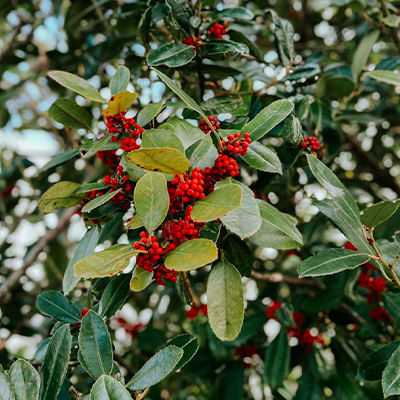
Gray Fox
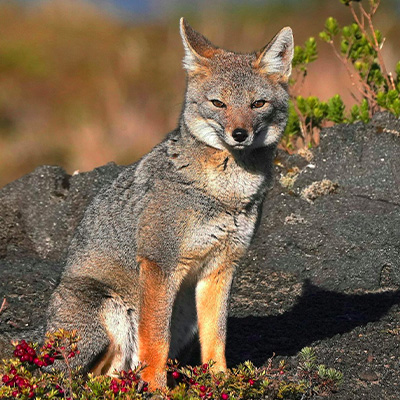
Common Name: American Holly
Botanical Name: Ilex opaca
Range: Throughout the southeast
Soil: Moist, well-drained, tolerates flooding.
Water Requirements: Low once established
Light Requirements: Sun – Shade to sun.
General Description: A native evergreen tree up to 70’ tall. American holly has gray smooth bark and thick spiny leaves. Produces bright red berries that feed birds throughout the winter. Both sexes are needed to produce fruit. This native is an excellent choice over non-native holly species for landscaping purposes.
References:
Mellichamp, L., & Stuart, W. (2014). Native plants of the southeast: A comprehensive guide to the best 460 species for the garden. Timber Press.
Kirkman, L. K., Brown, C. L., & Leopold, D. J. (2016). Native trees of the southeast: An identification guide. Timber Press.
Common Name: VGray Fox
Scientific Name: Urocyon cinereoargenteus
Range & Habitat: Canada south to the Gulf of Mexico. Absent from the northern great plains and rocky mountain region. It is found in deciduous forests and old fields.
General description: The gray fox is 19”-28” long, 14” high at the shoulder, and weighs 7-15 lbs. It has a gray coat with orangish legs, belly and throat are white. You are most likely to see a gray fox at sunrise, sunset, or night since they are mainly nocturnal or crepuscular. They eat various foods from fruit to small mammals and are more omnivorous than other foxes. Gray foxes are the most arboreal of all North American canines and climbs trees to escape predators or find food. This common predator is common but rarely seen.
References:
Elbroch, M., & Rinehart, K. (2011). Behavior of North American mammals. Houghton Mifflin Harcourt.
Reid, F. A. (2006). Peterson Field Guides Mammals of North America (4th ed.). Houghton Mifflin Company.
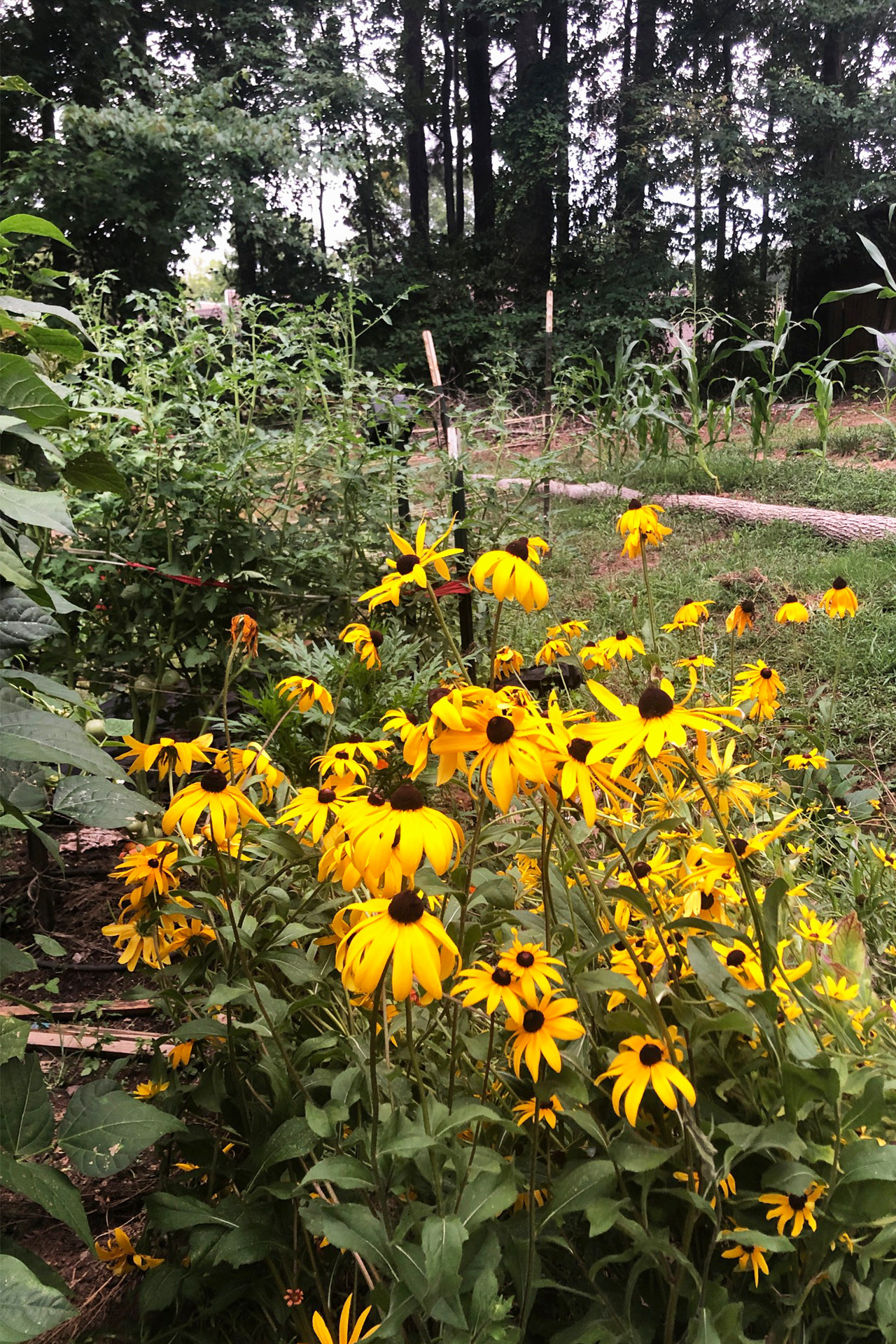
Welcome to Bluestem
We’re passionate about ecological restoration and native landscaping. Our team specializes in creating beautiful, sustainable outdoor spaces that are as good for the environment as they are for the eye. Whether you’re a homeowner or represent a city or town, we’re here to help you bring your outdoor vision to life.
At Bluestem, we’re proud to work with native plants and environmentally-friendly practices to create thriving ecosystems that are not only beautiful but also functional. From design to installation, we’re committed to exceeding your expectations every step of the way.
